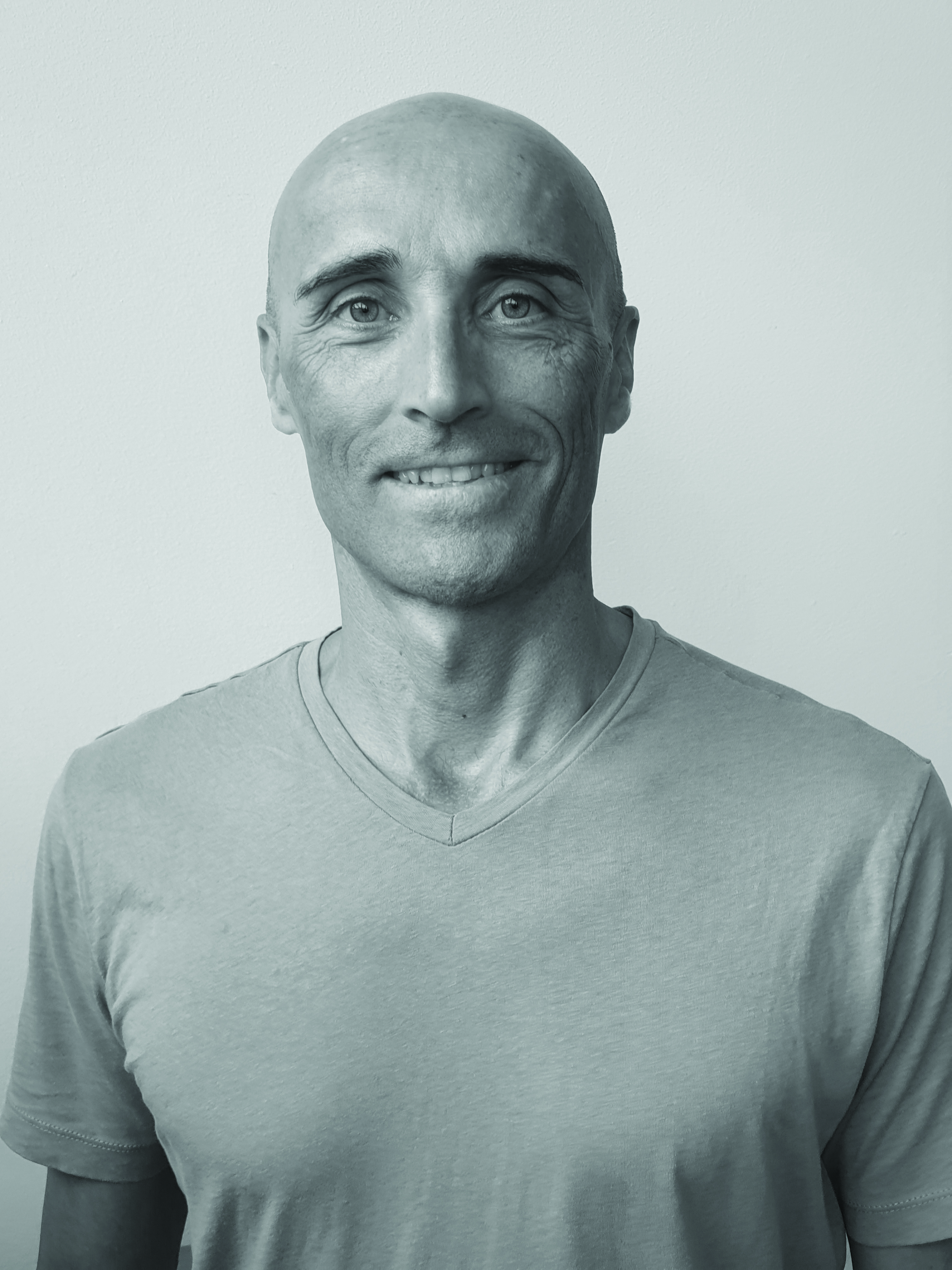I've trained hard for an event - how do I arrive in peak form?
We ask a scientist how to hit your peak bang on time


Peaking in cycling refers to the strategic process of aligning an athlete’s physical and mental state to achieve optimal fitness performance at a specific event. This involves a structured training regimen leading up to the tapering period, where training load is reduced to allow full recovery of training-induced fatigue, fitness optimisation and peak performance.
When do we peak and how do we achieve it?
The research suggests that cyclists should engage in their hardest training during the three to five weeks preceding the taper leading up to the target event, then gradually decreasing the training load to avoid burnout. The final phase, tapering, typically starts one to three weeks prior, focusing on rest and recovery, which ensures the rider is fully refreshed and primed when they get to competition day.
What determines the best peaking strategy for a rider?
Some coaches adjust training, tapering and peaking based on a race’s distance or duration, but studies suggest individual recovery and adaptation profiles are more important. My general rules for most athletes are: start tapering two weeks before the event, maintain training intensity, reduce volume by 40-60%, and cut frequency by no more than 20%.
How should training volume and intensity be adjusted to peak at the right time?
Training intensity is a key variable to retain training- induced adaptations, so the training load reduction during the taper should not be achieved at the expense of intensity. On the other hand, it is clear that training volume can be reduced without fear. Maintaining fitness is much easier than gaining it in the first place, and a poor performance is much more likely to be related to insufficient recovery and excessive residual fatigue than with excess recovery and loss of fitness during the peaking phase.
The latest race content, interviews, features, reviews and expert buying guides, direct to your inbox!

Intensity should not be dialled down when your training load reduces
What tools can cyclists use to monitor and optimise peaking?
Cyclists should use the rating of perceived exertion (RPE) with heart rate (HR) and power output to monitor taper progress.
Researchers Martin and Andersen (2000) found changes in HR-to-RPE relationship and HR for a given power output predicted performance. More simply, refer to performance tests, RPE, fatigue and recovery.
How should nutrition change during tapering?
The taper is characterised by a reduction in the training load, which of course is accompanied by a reduced energy expenditure. Athletes are used to ingesting large amounts of food during intensive training periods, but few stop to think that when they train less, they should also be eating less if they want to maintain their body mass and body composition. Macronutrient composition of their intake should not be changed during the taper, aside from carb-loading during the final 48-72 hours.
30-day tapering and peaking timeline
Here is a timeline breakdown for a cyclist looking to peak for an event in 30 days’ time, including a two-week taper:
Days 1-16: Usual training
Intensity: Maintain usual training intensity.
Volume: Follow regular training volume and schedule.
Frequency: Continue with usual training frequency.
Days 17-30: Tapering period
Days 17-23 (first week of taper)
Intensity: Maintain usual training intensity.
Volume: Reduce training volume by 20-30%.
Frequency: Reduce training frequency by no more than 10%.
Days 24-30 (second week of taper)
Intensity: Maintain usual training intensity.
Volume: Reduce training volume by 40-60%.
Frequency: Reduce training frequency by no more than 20%.

Sports physiologist and triathlon and swimming coach Iñigo Mujika is an associate professor at
the University of the Basque Country. He specialises in translating scientific research into practical advice.